With the end of the pandemic and movie theaters reopening, IMAX makes huge efforts to boost sales. And we as pure moviegoers, love it. Hence, IMAX attacks in several business and strategic directions for the sake of the huge canvas. But—Does it worth it?
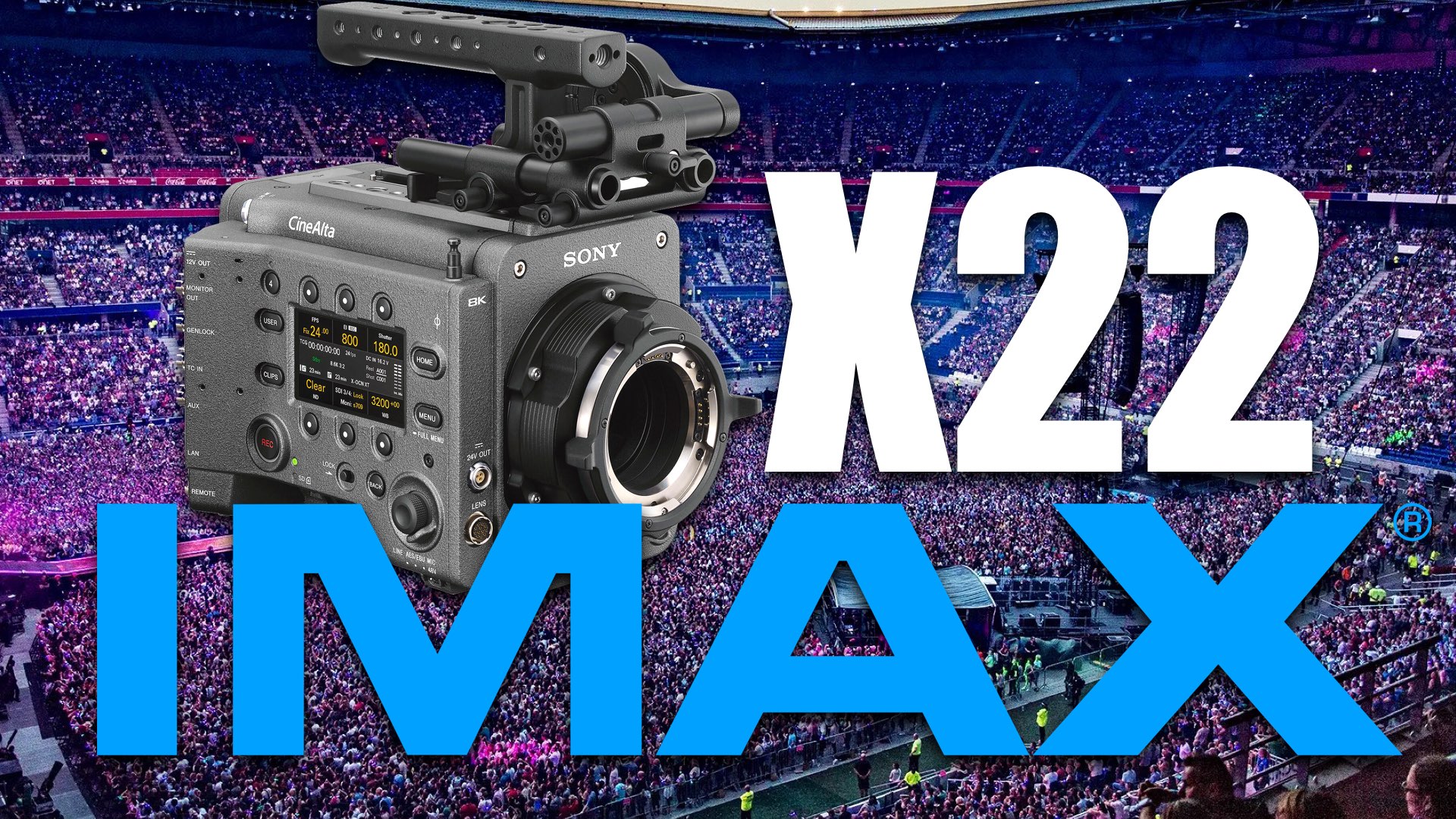
The hassle of 15 perforations
Shooting on IMAX cameras is a pain, and not just a small pain, but a sort of torture. The IMAX cameras like the MSM run 65mm film horizontally and that demands a certain design that is not very preferred by filmmakers. First, it makes noise. Second, it’s hard to load. A frame is a 15-perforation long which is huge. And in order to capture each frame, the camera runs fasters than other 65mm cameras (Panavision System 65 for instance). There’s a vacuum behind the gate and very big and fast film stock. This structure causes noise to be impossible in recording dialog scenes. Ask Tarantino and he will approve this. Even Nolan wanted to shoot “The Dark Knight Rises” entirely on IMAX but understood it’s not possible. Furthermore, there’s the size of the camera. It’s heavy and well… very unfriendly in terms of its shape and usage. It’s a big heavy noisy box that smashes that massive celluloid inside it. Also, it’s a nightmare for focus pullers, in case you shoot wide open. Moreover, it costs a decent amount of cash to just shoot with it, since the 65mm is a precious piece of film. How much expensive? 3 minutes for shooting in 24FPS = $1,500 for the film stock this machine eats. Thus, shooting on IMAX demands balls…and a love for filmmaking of course.
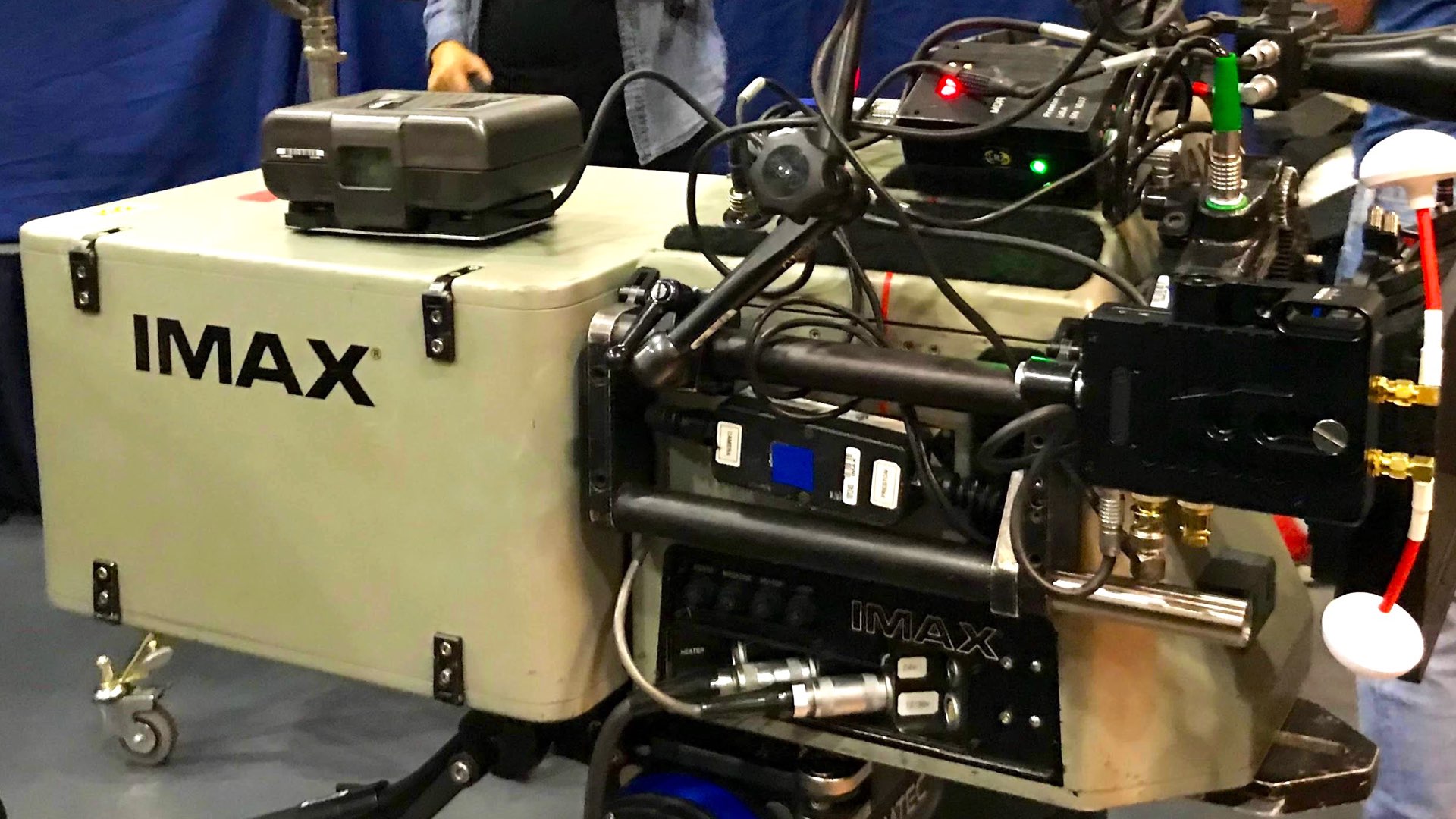
Expanding the possibilities
IMAX knows that it’s hard to shoot on their cameras, that by the way, requires an IMAX technician on board. And with the limited number of IMX cameras, more options must be offered. Then, IMAX created the “Filmed in IMAX” program, which basically certifies certain large format cinema cameras, that in the proper methodologies and best practices defined by IMAX, can shoot for IMAX theaters. What does it mean? Basically, IMAX defines and certifies the best large format cinema cameras that are ‘good enough to shoot for an IMAX screen. This ‘elite unit’ of cameras includes (for now): Panavision DXL2, ARRI ALEXA LF, and Mini LF, RED Monstro (and Ranger), Sony VENICE, and of course, the largest sensor camera — the ARRI ALEXA 65. Generally speaking, as part of the program, IMAX will also certify independent camera rental houses that can supply these certified cameras worldwide. IMAX stated that it will select only a limited number of films to participate in the program each year. It’s important to note that this program is not limited to IMAX theaters, but it’s relevant to streaming services as well. A movie that was shot on IMAX certified camera will be titled as: “Filmed for IMAX” which is a completely different definition as stated by IMAX when this program was launched. Hence, quietly and under the radar, IMAX has changed the program’s title, and now it refers to “Filmed for IMAX”, as opposed to “Film in IMAX” or “Shot with IMAX” — that means actually shooting with IMAX 65mm film cameras. Also, we got the impression that almost every film shot with a large format camera is titled as “Filmed for IMAX” even if non-IMAX certified cameras were used. For instance, The Suicide Squad was shot on the RED Monstro (IMAX certified) and RED Komodo (not IMAX certified) was titled “Filmed in IMAX” at the beginning. As such, this is a marketing trick and not more than that. You’d better search for the term “Shot with IMAX” — then you’ll know it deserves your pricy ticket.
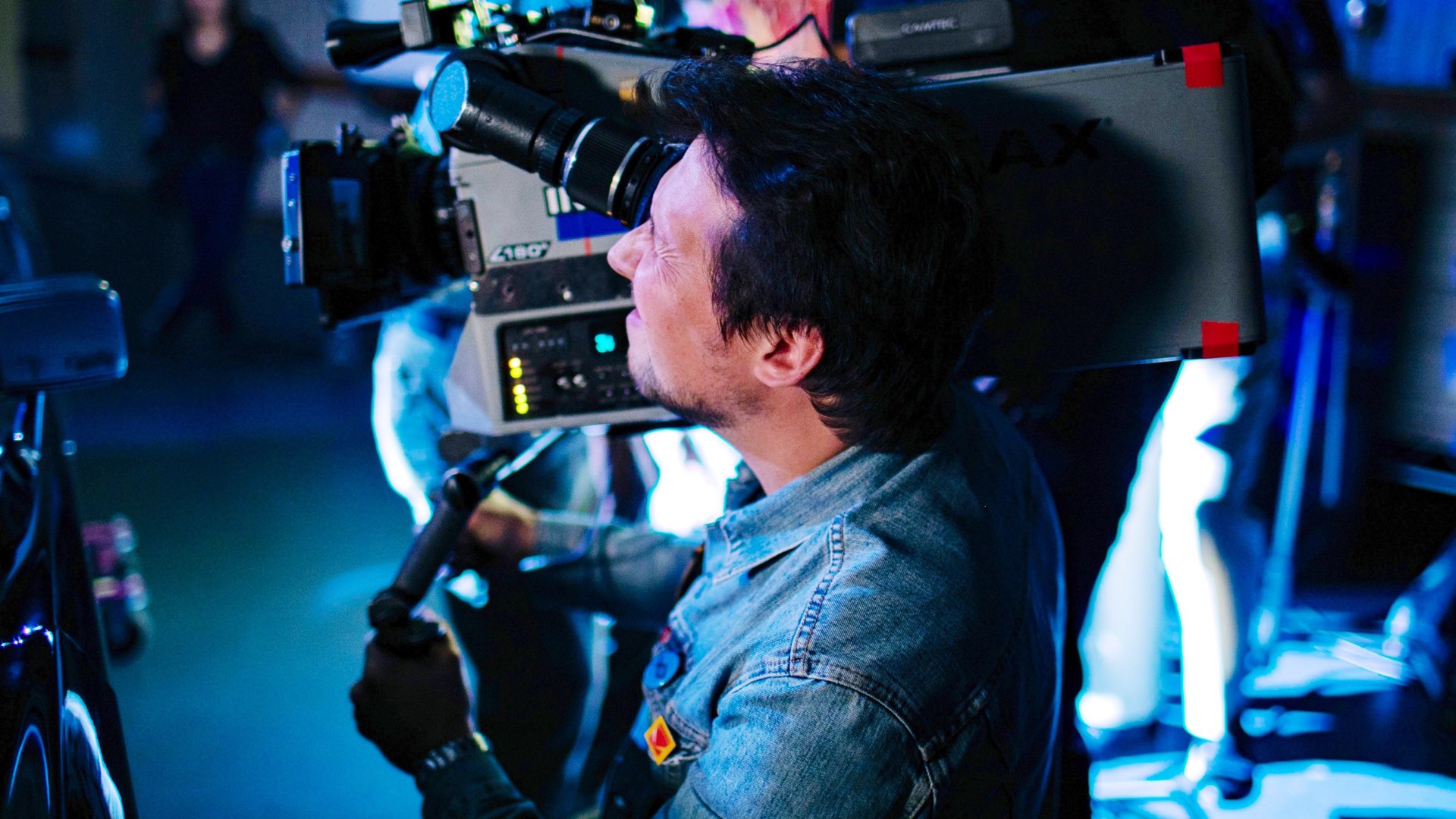
What about live shows?
Two weeks ago, IMAX announced the “First Ever ‘Filmed for IMAX’ Concert”. It appears that the INDOCHINE -CENTRAL TOUR concert at the Groupama Stadium in Lyon, France performed on June 25, 2022, was shot by utilizing 22 IMAX-certified cameras —and that made this the first concert ever to be released through the Filmed for IMAX camera program. Well, that is not completely true. The INDOCHINE -CENTRAL TOUR is not the first concert that was shot with IMAX cameras. In fact, this concert was shot with ‘Certified’ cameras and not with real IMAX cameras, but this is not the issue. The (REAL) first concert that was shot with (REAL) IMAX cameras is ‘Stones at the Max’. Wait – what? Rolling Stones: Live at the Max (also known as Stones at the Max) is a concert film by the Rolling Stones released in 1991. It was specially filmed with IMAX film cameras during the Urban Jungle Tour in Europe in 1990. It was the first concert movie shot in the IMAX format. It was not a one-live concert though. Originally shot with 8 IMAX cameras outfitted with the first long-load film magazines, 5 concerts were recorded in 3 cities. According to resources, the 65mm magazines were so huge and the logistics of the loading so unpredictable, that there was no guarantee of complete coverage of any song in any single concert. BTW, the impression given is that this film is of a live concert. That is not entirely true as well. Many scenes were filmed with no audience at all. Regarding post production—trying to cut the film on a traditional flatbed editor proved impossible, so an EditDroid, an early digital NLE developed, and custom configured by Lucasfilm, was used. The screening was pretty much limited, and it seems that this effort was not justified. When the film was released in the UK in 1992, the only place you could see it was the National Museum of Photography, Film and Television in Bradford, Yorkshire. IMAX theatres are much more prevalent in the UK now. Nevertheless, this fact shows the tremendous filmmaking dedication performed in order to execute this ultra challengeable project.
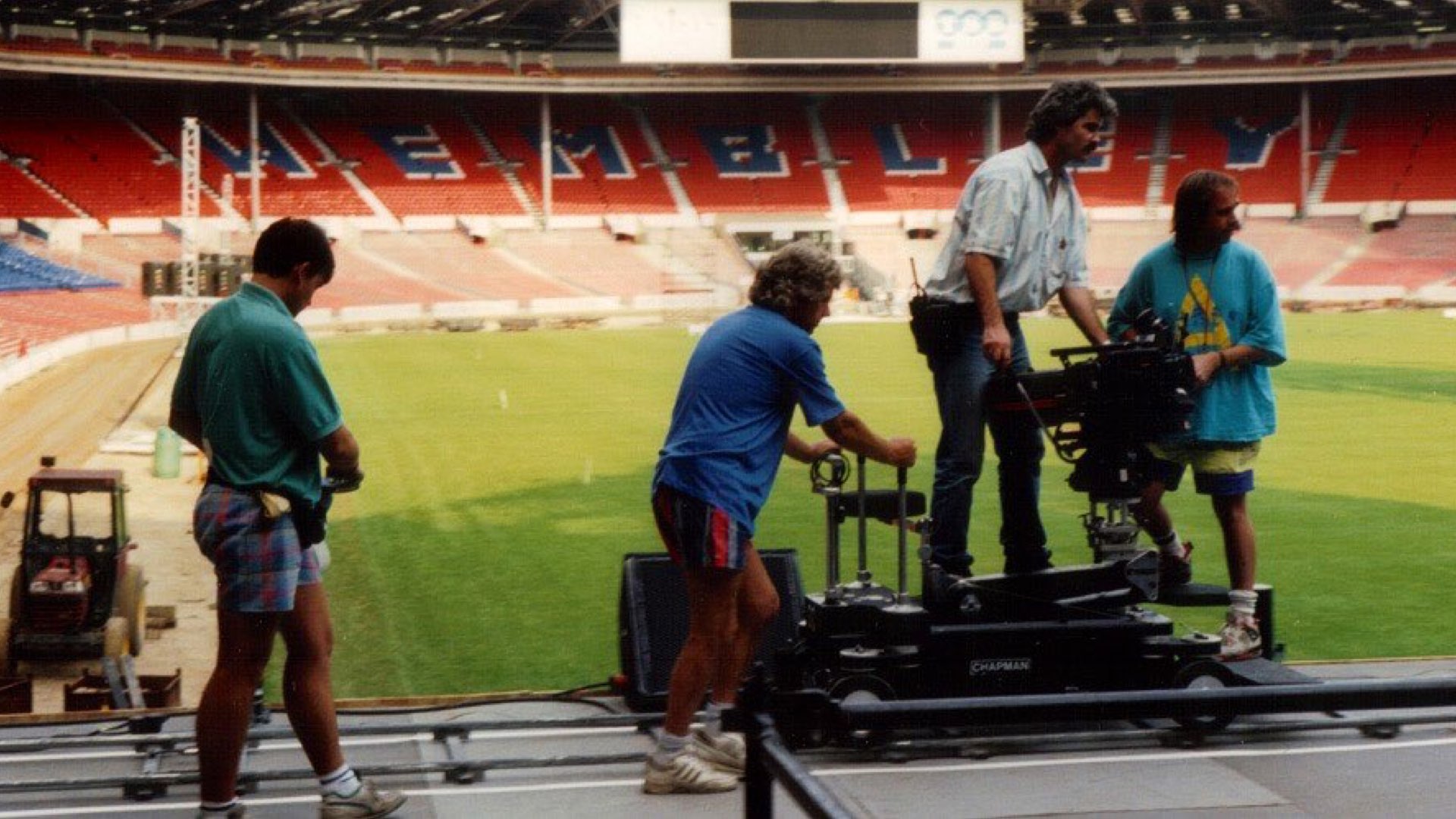
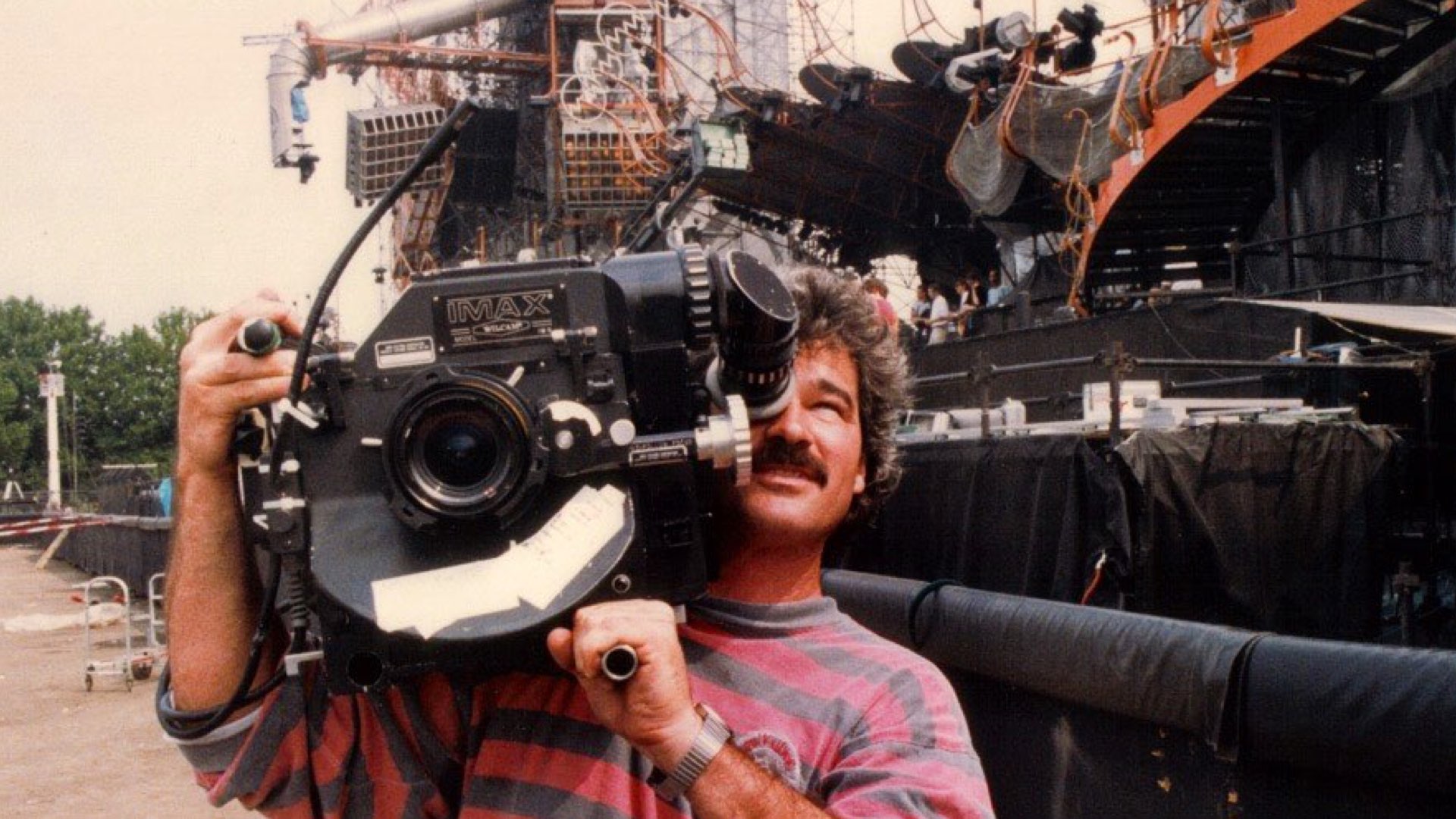

So what’s next?
What’s next? I’ll tell you what’s next (haha). More IMAX theaters and more IMAX cameras, certified and real. Most probably, IMAX is going to certify the RED V-Raptor, Sony VENICE 2, and the ARRI ALEXA 35 (on second thought, we’re not so sure about the ALEXA 35 because it’s only… a Super 35). But more importantly, the new IMAX fleet is on its way. IMAX has announced the development of a new generation of IMAX cameras that will be more user-friendly and less noisy than the current generation of cameras. Yep, the IMAX lover—Nolan, is helping them to achieve that goal. How many cameras? Most probably four. It doesn’t sound much but it’s a significant expansion of the limited amount of these beasts. There’s no secret that we, at Y.M.Cinema Magazine are always eager to write about IMAX. No, we don’t own any company shares. We just think that IMAX is the most immersive and impressive way to see movies on our beloved big screen, with a condition that those movies were shot on true IMAX cameras. The question is, why does no one invent the new film camera that can run 15-perforation? Why does only IMAX can do that? It’s not so complicated engineering. Let’s know your thoughts on that matter.
BTW, as a tribute to the mighty 65mm format, we’ve created the Y.M.CINEMA 65 which is a perfect gift for cinephiles — explore it on our website.

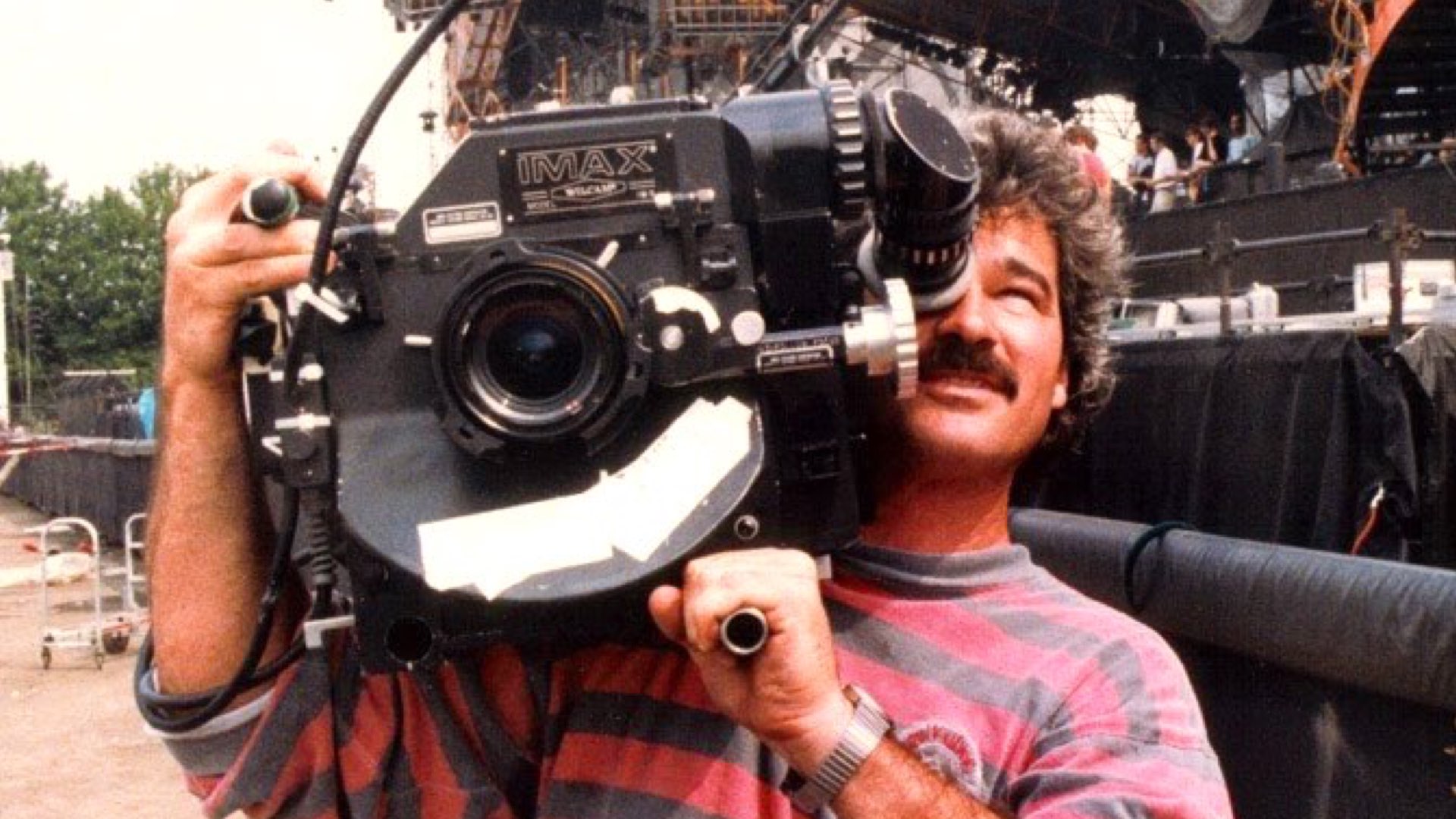


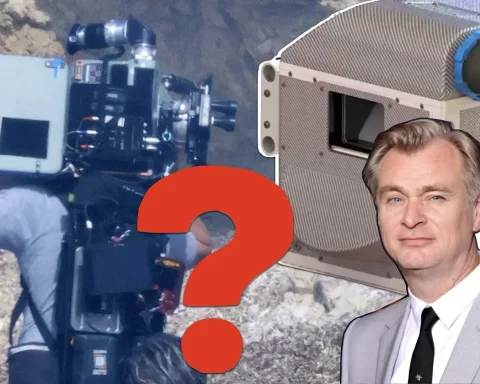


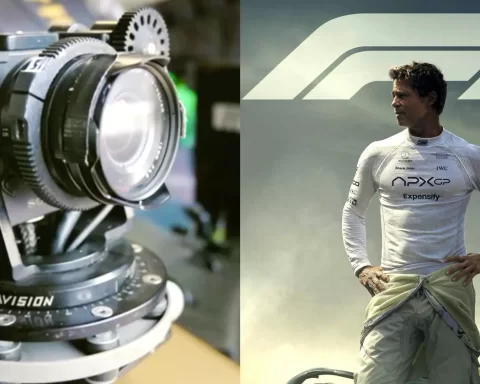

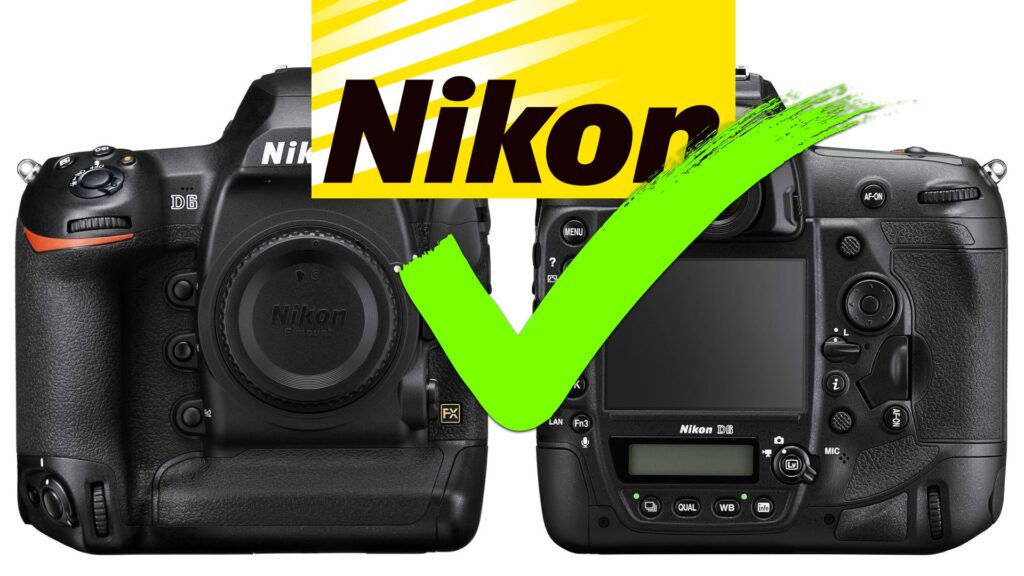
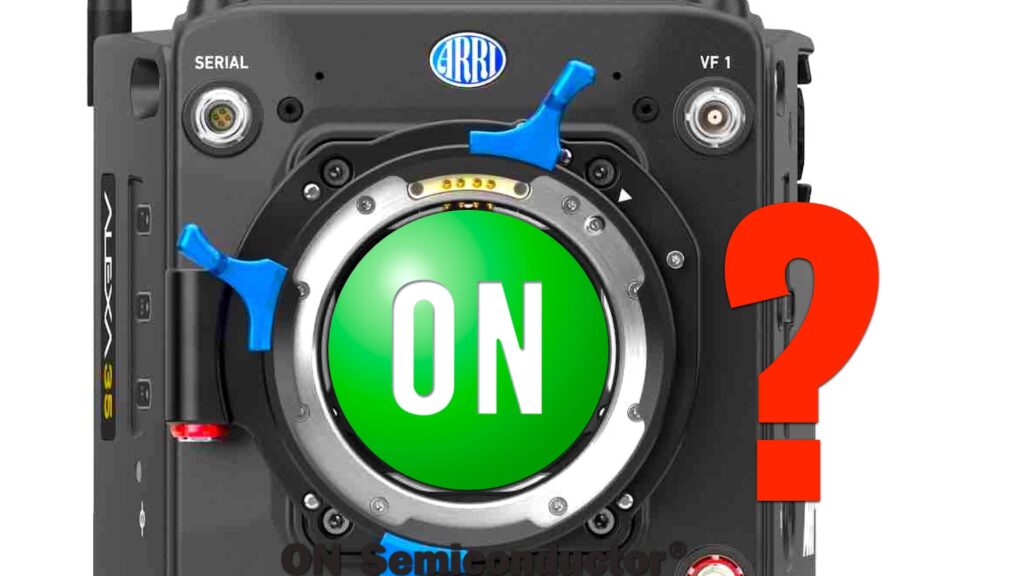





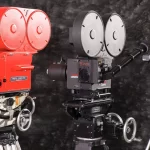
Someone necessarily lend a hand to make significantly articles I’d state.
That is the very first time I frequented your website page and thus far?
I amazed with the research you made to make this actual post extraordinary.
Wonderful activity!